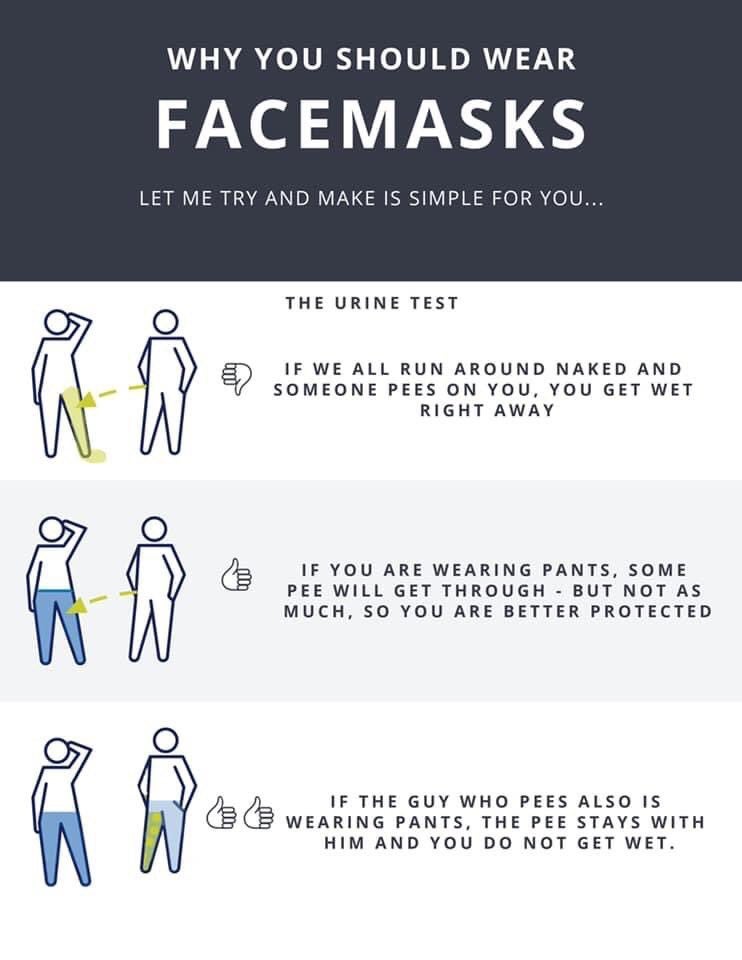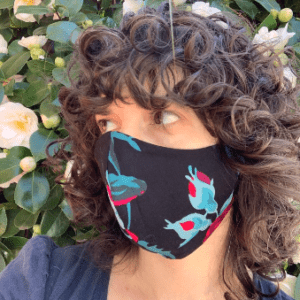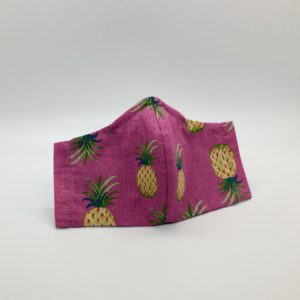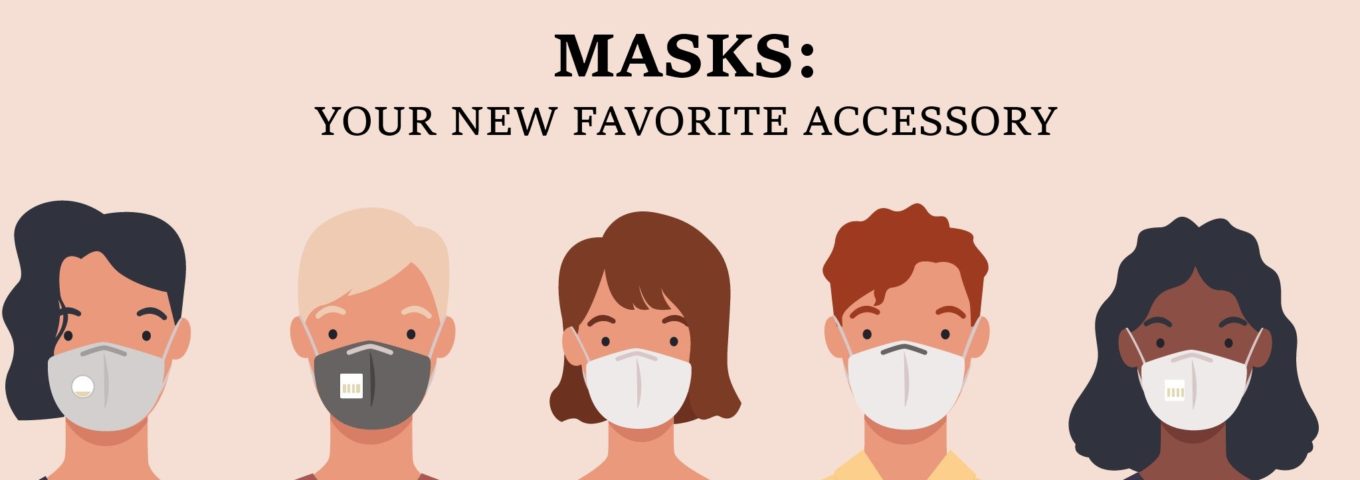Wearing Masks: Adjusting to the New Normal
As Oregon is slowly re-opening, we are all stepping outside our front doors just a little bit more. With these newly lifted bans, and more people possibly returning to work, we do not want to forget about the essential steps that keep everyone safe. A mask should always be worn in public settings where social distancing can be difficult like grocery stores and the post office. However, Portland is an active city and many neighborhoods are filled daily with everyone just trying to get a little fresh air and sanity (fair!). So, unless you are in a fairly unpopulated area, we recommend wearing a mask as you go about your day of errands, especially if you are entering a building.
Wearing even a homemade mask has shown to slow the spread of COVID-19 by creating a barrier against invisible particles we give off in the air while breathing, while also acting as a reminder to not touch your own face. I’m sure we have all late-night Googled every virus detail available so I’ll keep this brief: someone who is a COVID-19 carrier may be asymptomatic, so even if you feel healthy, wearing a mask is a great way to cover every base and do your part to stop the spread. Just remember to keep your mask on the entire time you are in public. It isn’t doing its job if its hanging around your neck or pushed up on your forehead. And, I know it’s hard, but refrain from touching your mask (if you do, just wash your hands). Once you are home or in your car, remove the mask by the ear loop or ties and wash your hands once again! Apparently half of life now is hand washing.

How should my mask fit?
In order to have a mask that is doing it’s job properly, according to CDC recommendations, it should meet these basic markers:
1. Covers nose and mouth: fits snugly but comfortably against the face and around bridge of nose, there should be no gaps whatsoever where your skin and the mask meet.
2. Multiple layers of fabric, at LEAST 2.
3. Secured properly with ties or ear loops.
4. Allows for breathing without restriction (Side note: masks should not be put on children under 2 or if you have difficulty breathing).
5. Be able to be laundered and dried without damage or change to shape.

To Filter or Not to Filter?
If you are moving forward with a homemade style cloth mask, you can up your game by getting a filter insert as well. It can be difficult to easily and quickly get your hands on a proper insert filter, however there are also some household items you can use.
For added filtration, blue shop towels or coffee filters can be used as liners and thrown away between each use. According to a study conducted at Missouri S&T, three layers of coffee filters even without fabric, removed 24.1% of relevant particles, so its a great option if you would like added protection. We have seen the information about using HEPA filters meant for household appliances or vacuums for their superior filtration. We do not recommend furnace or vacuum filters because they are often made of different materials and can contain hazardous or larger particles which may be inhaled if the material becomes damp from breath. Furthermore, some filters dont allow the proper air flow for breathing. A special thanks to The Carolina Mask Project for that informative HEPA filter warning.
How do I get a mask?
With all this information in mind, we at Silhouette have made a whole line of masks for purchase in our online store for your convenience. The masks come in varying styles, sizes, prints, and solids colors–because if wearing a mask is what you have to do, you might as well like how it looks! Every mask comes with a filter pocket, around the ear or around the head elastic variations, and an optional nose crimp. While we are closed for the stay at home order, your mask can be hand delivered within 5 (ish) miles of Silhouette, shipped to you, or we can coordinate a pick-up appointment. If you are waiting for an order you placed online a month ago with someone else, give our masks a try. We normally get orders delivered within a week!

If you decide to go the homemade route and create your own mask, here is a great pattern for reference. It is actually the base pattern we started with for our contour masks. Just remember to always use clean, preshrunk cotton fabric that comes in a tight weave such as quilters cotton, and to wash your mask as often as possible.



